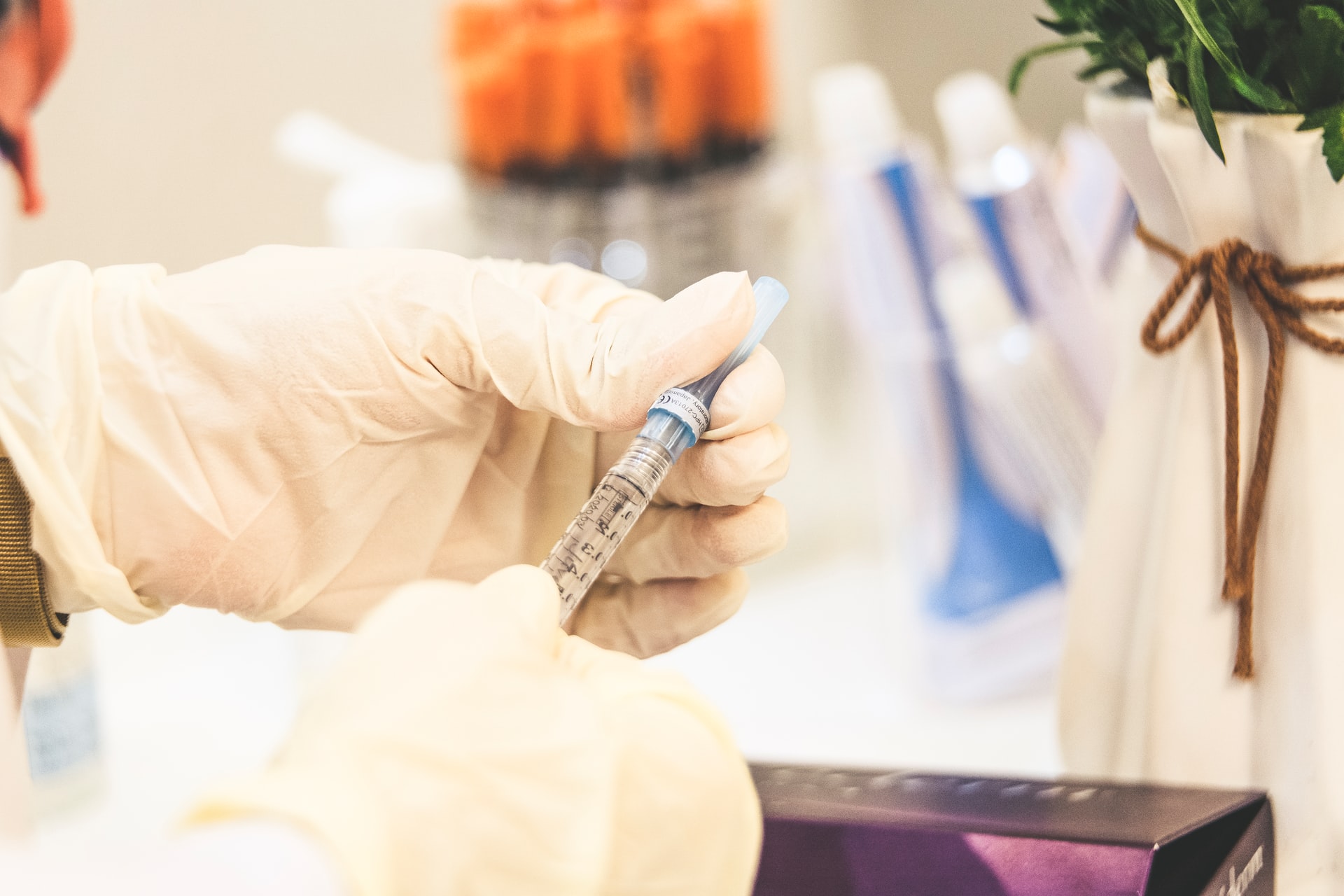Mesotherapy – How It Works, Usage, and Possible Side Effects

Mesotherapy is non-surgical technique that uses injections of vitamins, enzymes, hormones and plant extract to rejuvenate and tighten the skin and remove excess fat. It was developed by Michel Pistor, a doctor in France, in 1952. Mesotherapy was originally used to relieve pain. It was developed to treat vascular and lymphatic disorders. Today it is used to remove fat in areas like the stomach, tights, buttocks, hips, legs, arms and face, reduce cellulite, fade wrinkles and lines, tighten loose skin, contour the body, lighten pigmented skin and treat alopecia (a condition that causes hair loss).
How Mesotherapy Works?
Mesotherapy is a non-invasive nonsurgical technique that uses very fine needles to deliver microinjections into the middle layer (mesoderm) of the skin. There is no standard formula for the substances injected. The ones that are usually used are vitamins, minerals, and amino-acids. There are many different solutions – perscription medicines such as visodilators and antibiotics, hormones such as calcitonin and thyroxin, enzymes like collagenase and hyaluronidase, herbal extracts, vitamins and minerals.
In this procedure, a series of injections are delivered from one to four millimeters into your skin, using a special shallow needle, usually attached to a medical gun to deliver injections in a row. Before that a numbing cream should be applied to the ski in order for you not to feel any pain or discomfort during the treatment. Each injection will place a very small drop of solution into your skin.
Uses of Mesotherapy
Mesotherapy injections target adipose fat cells by using lyposis, rupture, and cell death among adypocytes. This procedure was developed in 1952 and was originally designed to correct underlying issues like poor circulation and inflammation that causes skin damage. Depending on the different substances injected, mesotherapy is still used to treat chronic pain, alopecia (hair loss), bone and joint disorders and psoriasis.
In Medical Aesthetics, mesotherapy is used to nourish and rejuvenate the skin while stimulating the production of collagen and elastin, improving skin elasticity. However, there is not enough research done on whether it is effective for weight loss or for rejuvenating the skin. In 2008, a study of 20 women for body contouring was done and they did not show any reduction in thigh size. Another study of 6 people for reducing wrinkles was done in 2012 and they showed no improvement. Moreover, mesotherapy is not approved by the US Food and Drug Administration. However, most of the ingredients used do have FDA approval for treating other conditions.
Mesotherapy is also said to treat hair loss by injecting natural plant extract, vitamins or medicines like finasteride and minoxidil into the head. The treatment is supposed to correct hormone imbalances in and around the hair follicle, deliver nutrients to the hair and improve blood circulation. Unfortunately, there is not enough evidence that this works as well. However, finasteride and minoxidil are proven to be helpful for treating alopecia.
Mesotherapy vs. Liposuction
Liposuction is a surgical method for removing fat from the stomach, thighs, and back. While under anesthesia, a small thin plastic tube is inserted through small incisions in your skin and then the fat is being suctioned using a surgical vacuum. Liposuction is quite expensive and recovery takes up to 6 weeks. Moreover, there is a risk of nerve and blood vessel damage, irregular skin contours, burns, and infection.
Mesotherapy is the alternative to liposuction for removing unwanted fat. In comparison, it is a non-surgical method, therefore there are no incisions. It is also a lot cheaper. However, this is a non-permanent method and you may need 10 or more sessions.
Mesotherapy is similar to injection lipolysis, which is also a non-inavsive procedure. Injection lipolysis injects phosphatidylchlorine and deoxychlate into the fat layer of the skin to break up fat. There is little evidence to show that it works. More studies have been done on mesotherapy for pain, not for cosmetic treatments.
Possible Risks and Side Effects
Side effects and risks are minimal if you go to a licensed professional. They include nausea, pain, sensitivity, swelling, itching, redness, bruising, bumps at the injection site, dark patches of skin, rash, infection and scars.
You should avoid aspirin and other non-steroidal anti-inflammatory drugs (NSAIDs) for a week before the treatment to reduce the risk of bruising and bleeding. There might be some swelling and pain at the injection sites in the first day after the treatment.






